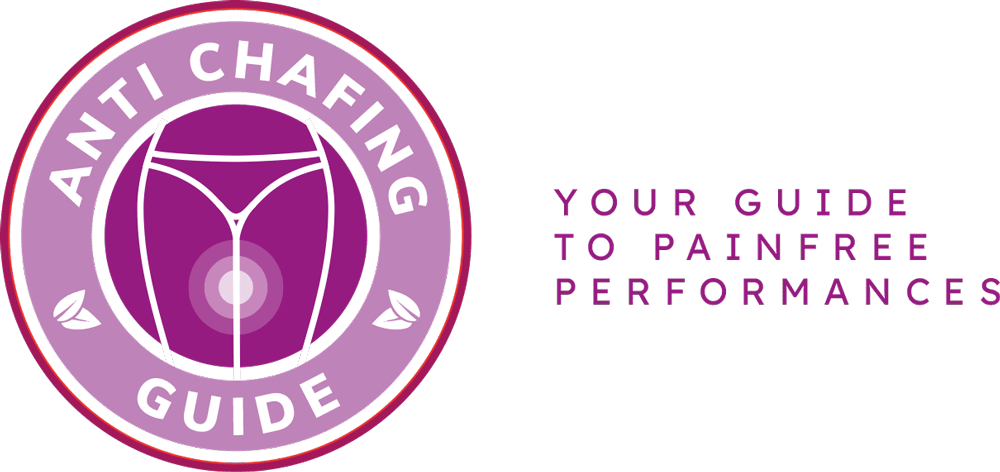Are you tired of dealing with the discomfort and irritation caused by skin chafing? Look no further! In this article, we will provide you with dermatologist-approved tips for soothing, healing, and preventing skin chafing. Say goodbye to the pain and hello to healthy, happy skin!
Skin chafing can be caused by various factors such as friction, moisture, and heat. It commonly affects areas like the inner thighs, underarms, and groin. To avoid chafing, it is crucial to maintain proper skincare and prevention techniques. Our dermatologist-approved tips will help you understand the importance of keeping your skin clean, dry, and moisturized.
Discover effective solutions to alleviate discomfort and promote skin health. From natural remedies to over-the-counter products, we’ve got you covered. With practical tips and advice, you’ll learn how to manage and prevent chafing in the future. So, why suffer in silence when you can take control of your skin’s well-being? Let’s unveil the chafing solutions together!
Understanding Skin Chafing
Understanding Skin Chafing
Are you familiar with the uncomfortable sensation of skin chafing? It occurs when friction irritates the skin, causing redness, soreness, and sometimes even blisters. Skin chafing can affect various areas of the body, including the inner thighs, underarms, nipples, and groin.
So, what causes skin chafing? Well, it often occurs when skin rubs against skin or clothing, especially during physical activities like running or biking. Sweat and moisture can exacerbate the problem, making the skin more prone to chafing.
Proper skincare and prevention techniques are crucial in avoiding chafing. Keeping the affected areas clean and dry, using lubricants or powders to reduce friction, and wearing moisture-wicking clothing can all help prevent chafing. Additionally, choosing well-fitted clothes and avoiding rough fabrics can minimize the risk.
By understanding the causes, symptoms, and common areas affected by skin chafing, you can take proactive steps to protect your skin and prevent discomfort. Remember, prevention is key when it comes to maintaining healthy, chafe-free skin!
Effective Remedies for Skin Chafing
When it comes to finding effective remedies for skin chafing, dermatologist-approved solutions are key. These remedies not only soothe and heal chafed skin but also provide long-term relief and prevention. Whether you prefer natural remedies or over-the-counter options, there are plenty of choices to explore.
One natural remedy that dermatologists often recommend is applying aloe vera gel to the affected area. Aloe vera has soothing and healing properties that can help reduce inflammation and promote skin repair. Another option is using coconut oil, which acts as a natural moisturizer and creates a protective barrier on the skin.
If you prefer over-the-counter solutions, look for creams or ointments containing ingredients like zinc oxide or hydrocortisone. These can help reduce redness, inflammation, and itching. It’s important to follow the instructions and apply these products as directed.
In addition to remedies, there are practical tips for managing and preventing chafing in the future. Keeping the affected area clean and dry is crucial. You can also use powders or lubricants to reduce friction and moisture. Wearing breathable and moisture-wicking fabrics can also help prevent chafing.
By exploring these dermatologist-approved remedies and implementing practical tips, you can effectively soothe, heal, and prevent skin chafing. Remember, it’s important to take care of your skin and prioritize its health to avoid discomfort and irritation.
Frequently Asked Questions
- What is skin chafing?
Skin chafing is a common condition that occurs when there is repeated friction between the skin, leading to irritation, redness, and sometimes even blisters. It commonly affects areas where skin rubs against skin or clothing, such as the inner thighs, underarms, and nipples.
- What are the common causes of skin chafing?
The main causes of skin chafing include excessive moisture, friction, and heat. Activities like running, walking, or wearing tight clothing can increase the risk of chafing. Additionally, certain fabrics and materials can exacerbate the problem.
- How can I prevent skin chafing?
To prevent skin chafing, it’s important to keep the affected areas clean and dry. Applying a lubricating balm or anti-chafing cream can help reduce friction. Wearing moisture-wicking clothing and avoiding tight or rough fabrics can also minimize the risk of chafing.
- What are some effective remedies for soothing chafed skin?
There are several remedies for soothing chafed skin. Applying a cold compress or taking a cool bath can provide immediate relief. Using gentle, fragrance-free moisturizers or creams with ingredients like aloe vera or chamomile can also help soothe the irritated skin.
- Are there any natural remedies for preventing chafing?
Yes, there are natural remedies that can help prevent chafing. Some options include using coconut oil, cornstarch, or talcum powder as a protective barrier on the skin. These substances can reduce friction and keep the skin dry.
- When should I seek medical attention for skin chafing?
If the chafed skin becomes infected, shows signs of pus, or doesn’t improve with home remedies, it’s advisable to seek medical attention. A dermatologist can provide proper diagnosis and recommend suitable treatment options.


Keith is originally from Truckton, Colorado. The 54-year-old cared for his overweight wife for many years. Keitch is also a freelance editor at antichafing.net and supports the team as a competent advisor. In his spare time Keith enjoys reading books, visiting his homeland and is a passionate product tester for well-known manufacturers.

